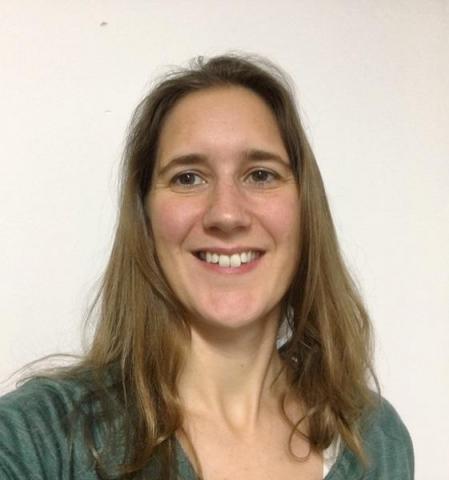Project overview
The EFFICACY project focusses on Synechococcus, globally the second most abundant phytoplanktonic organism in the Ocean. Unusually, their pigmentation vary between niches, with “green-light specialists” being restricted to oceanic margins and regional seas and “blue-light specialists” dominating in N-poor areas. In addition, Synechococcus cells capable of “chromatic acclimation” (i.e. adjust their pigment content to match changes in the underwater light color) by modifying the ratio of the blue light-absorbing pigment in their antenna complexes, is the most abundant of the pigment types in the ocean.
This study uses a combination of observational techniques (including co-culture competition experiments and genetic analysis to identify the functional genes associated with the pigment types) alongside development of an ocean biogeochemical - ecosystem model (MIT Darwin) to explore current distributions of the different pigment types and their potential response to climate change.
This project is in collaboration with: French National Centre for Scientific Research, Laboratoire d'Océanographie de Villefranche, Massachusetts Institute of Technology.
This study uses a combination of observational techniques (including co-culture competition experiments and genetic analysis to identify the functional genes associated with the pigment types) alongside development of an ocean biogeochemical - ecosystem model (MIT Darwin) to explore current distributions of the different pigment types and their potential response to climate change.
This project is in collaboration with: French National Centre for Scientific Research, Laboratoire d'Océanographie de Villefranche, Massachusetts Institute of Technology.
Staff
Other researchers
